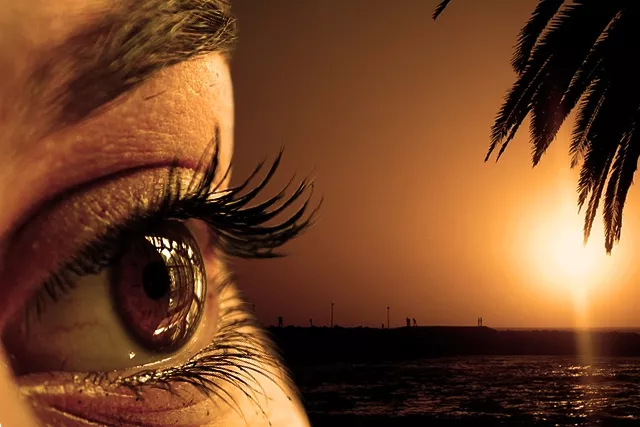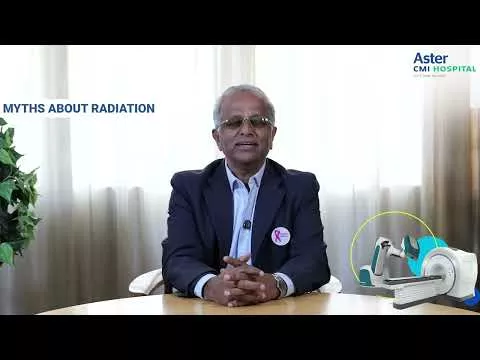What is the procedure to register for eye donation?
The first step is to contact your nearest eye bank/NGO. We’d suggest you check the credentials of the organisation through which you want to pledge your eyes and clarify all your doubts regarding the procedure. Then all you have to do is fill a simple registration form and take the pledge.
What happens once the donor passes away?
The relatives of the donor will have to inform the concerned eye bank once the donor passes away. A team of doctors will be sent to enucleate the eyes of the donor. The process will take only less than 30 minutes and is free of cost.
Immediate steps/ precautions to be taken (before the team of doctors arrive):
- The eyelids of the deceased will have to be kept closed
- If there is a fan close/ right above the body, please switch it off
- Raise the head of the deceased slightly by placing a pillow underneath the neck
- Obtain the death certificate from the physician
- Keep the written consent of concerned family member ready
- At least two witnesses should be present
Once the team reaches the eye bank, the corneas will be examined. If deemed fit, they will be used for corneal transplant within 36 hours.
Important facts about eye donation
- Anyone can donate eyes irrespective of age, gender, blood group or religion.
- Eyes can be donated only after the death of a person.
- Eyes must be removed within 6 to 8 hours of death
- Eyes can only be removed by a registered medical practitioner
- Eye donation does not leave any scar or cause face disfigurement
- People with myopia (short sight)/ astigmatism/ hypermetropia (long sight) & those who have been treated for cataract/ glaucoma can also donate their eyes
- People with history of hypertension and diabetes can donate
- Eye donation gives sight to two blind persons. One cornea is grafted to one person.
- Donated eyes are never sold or bought. It’s a gift.
- Eye donation is a noble deed and never refused





